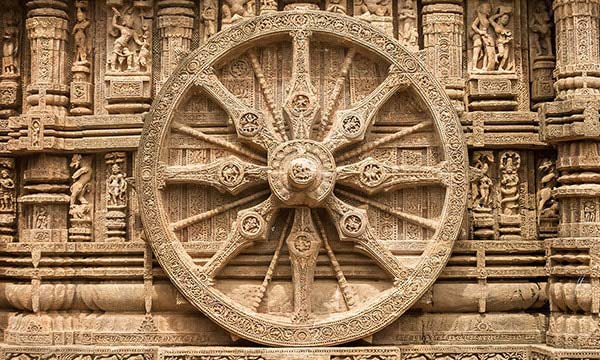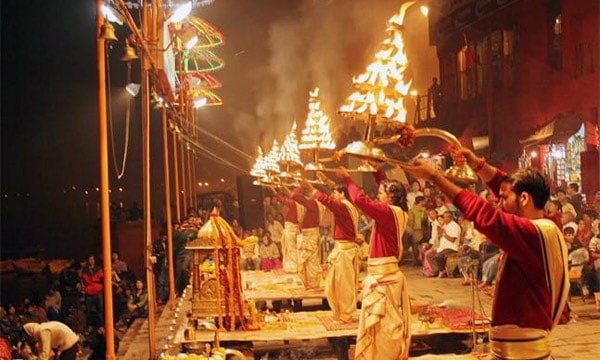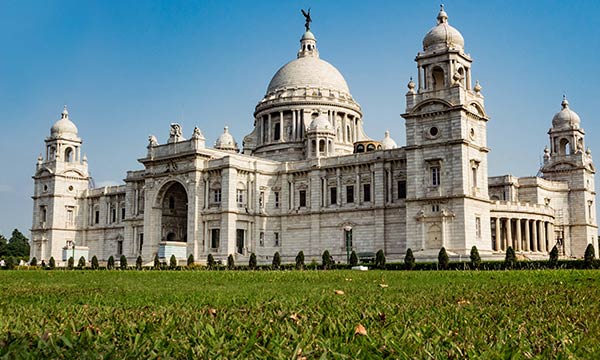Kolkata
Welcome to the Kolkata
Fact & figure
- Indian union territory:
- Area: 205 km?
- Population : 45 lakhs (2011)
- Language : Bengali,hindi, English
- Attractions : Victoria Memorial
- Rainfall : 1,582 mm
- : 9.14 m
- Monsoon : October to March
- Best time to visit : October to February
- Temprature :
City Information - Kolkata
Calcutta, or Kolkata as it is renamed now, is the cultural capital of India often denoted as the ?City of Joy? for its warm and lively ambience. The city was established in the year 1686 when the British expanded their rule making Calcutta the principal commercial, cultural and educational centre of East India.
Today, the city is the third most populated metropolitan city of India after Mumbai and Delhi. Being the home to the Calcutta Stock Exchange, it is the financial hub of East and North-East India. Calcutta celebrates its existence as a daily festival of human existence amidst hustle-bustle of city-life simultaneously balancing noble and neglected, cultural and frantic, and successfully futuristic while still thriving the history.
This 330-year old metropolitan city has an immense history to narrate, and so many historic characters with the background in literature, music, cinema, sports, military, patriotism, and food culture narrate its intellectual and grand colonial-era. The architecture reflects the colonial strikingly contrasting with sleek urban construction including the tallest residential skyscraper of India ? The 42.
Top highlights - of Kolkata
- Durga Puja celebration in Calcutta in September-October is an experience and an emotion one must experience at least once in their lifetime to comprehend Calcutta in its eternity.
- The largest book fair in Asia is celebrated in January-February every year gifting a joyous week to the bibliophiles to explore the fascinating world of books.
- Exploring culture and history: Colonia-era architectures like Victoria Memorial, Indian Museum, Howrah Bridge, St Paul?s Cathedral, and religious places like Dakshineswar Kali Mandir, R.K Mission Belur Math, Kali Ghat and Birla Mandir are worth paying a visit.
What makes Kolkata famous ?
The street food of Calcutta is a huge tourist attraction with the exclusive kinds available only in this city. Famous personalities like Rabindranath Tagore, Swami Vivekananda, Satyajit Ray, Saurav Ganguly, Amartya Sen, C.V.Raman, Khudiram Bose, Subhas Chandra Bose and many others make the list glittering with their individual contributions.
History of Kolkata
Calcutta doesn?t have a birthday. In other words, the first capital of British India doesn?t have a wide history like Delhi has. It was established in 1686 when British moved to few small villages from their trading port of Hooghly. The city had few handovers by Siraj-Ud-Daula (Nawab of Bengal) (in 1756) and again by Lord Clive who made it the capital under British rule. Thanks to being in center of power for a long stretch, Calcutta beautifully presents a unique blend of culture and heritage of the city where the history speaks in each nook and corner of the streets and architecture.















